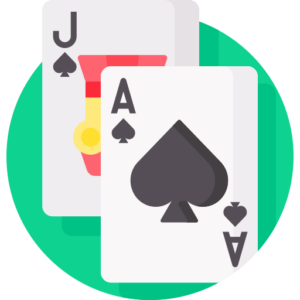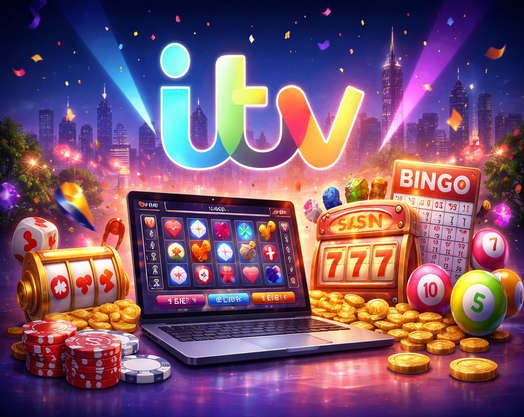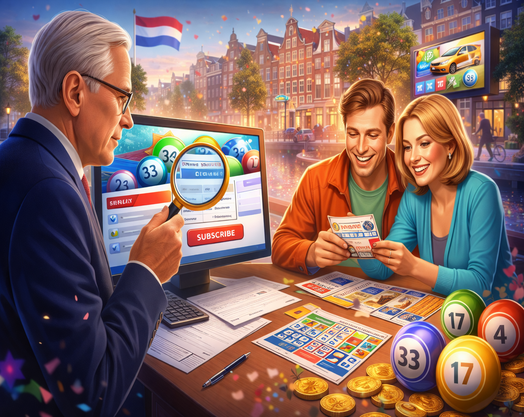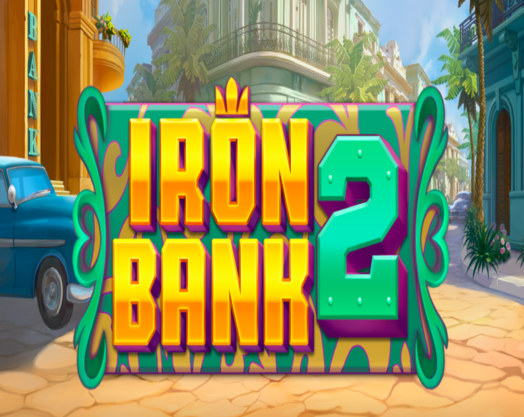Glossary Term
Stand
Stand
Used In: Blackjack
Introduction to Stand
In blackjack, understanding the term “stand” is crucial for any player aiming to master the game. Blackjack is a popular casino game that combines elements of luck and strategy, and knowing when to stand can significantly influence the outcome of a hand. The term “stand” refers to a player's decision to refrain from taking any additional cards from the dealer, opting instead to retain their current hand total. This choice is made in an effort to avoid the risk of exceeding 21, known as busting, which would result in an automatic loss.
The decision to stand is a strategic one, often based on the player's hand value, the dealer's visible card, and the overall game situation. A player might choose to stand when their hand total is strong enough to potentially beat the dealer's hand or when the risk of drawing an additional card outweighs the potential benefit. This article aims to provide a comprehensive understanding of the concept of standing in blackjack. We will delve into its definition, the methods for signaling a stand, the strategic considerations behind choosing to stand, common misconceptions about this decision, and practical examples to illustrate how standing can affect the game. By gaining a thorough understanding of when and why to stand, players can enhance their blackjack strategy and improve their chances of winning.
Definition of Stand in Blackjack
In blackjack, the term “stand” refers to a player's decision to not take any additional cards from the dealer and retain their current hand total. This decision indicates that the player is satisfied with the value of their hand and does not wish to risk drawing another card, which could potentially cause their hand total to exceed 21, resulting in a bust. The action of standing essentially ends the player's turn, shifting the focus to the dealer's hand and subsequent actions.
Standing is one of the fundamental options available to players during their turn, alongside hitting, doubling down, and splitting. The decision to stand is typically made when the player's hand is considered strong enough to compete against the dealer's hand, or when the risk of busting outweighs the potential benefit of drawing additional cards. Understanding when to stand is a key element of basic blackjack strategy and can significantly impact a player's success in the game.
By choosing to stand, players aim to maximize their chances of winning or at least minimizing their losses in the hand. This decision is often influenced by various factors, including the player's current hand value, the dealer's upcard, and the statistical probabilities of drawing specific cards.
How to Signal a Stand
Signaling a stand in blackjack is a straightforward process, but it is essential to follow proper protocol to ensure that the dealer and other players clearly understand your decision. The method of signaling a stand can vary slightly depending on whether you are playing at a physical casino table or an online platform.
In a physical casino:
- Verbal Indication: You can simply say “stand” or “stay” to communicate your decision to the dealer.
- Hand Gesture: In most casinos, players signal a stand by waving their hand horizontally, palm down, over their cards. This gesture indicates that no additional cards are desired.
In an online casino:
- Interface Button: Online blackjack games typically provide a “Stand” button on the user interface. Clicking this button will automatically signal your decision to stand and end your turn.
- Touchscreen: If playing on a touchscreen device, tapping the “Stand” option serves the same purpose.
It's important to be clear and deliberate when signaling a stand to avoid any confusion or misunderstandings. Proper signaling ensures that the game proceeds smoothly and that the dealer can accurately manage the hand. Whether playing in a brick-and-mortar casino or online, knowing how to correctly signal a stand is a fundamental skill for any blackjack player.


Strategy Behind Standing
The strategy behind standing in blackjack revolves around maximizing the player's chances of winning while minimizing the risk of busting. Making the decision to stand involves a combination of assessing the player's current hand value, evaluating the dealer's upcard, and considering the overall probabilities and game situation.
- Player’s Hand Value: Generally, players should consider standing when their hand totals between 17 and 21. A hand in this range is strong and has a good chance of beating the dealer’s hand without the need for additional cards. Lower totals, such as a hard 12 through 16, may also warrant standing if the dealer's upcard indicates a higher probability of busting.
- Dealer’s Upcard: The dealer’s visible card plays a crucial role in the decision to stand. For example, if the dealer shows a weak upcard (such as 2 through 6), they are at a higher risk of busting. In these cases, players might stand on a lower hand total, expecting the dealer to fail. Conversely, if the dealer shows a strong upcard (such as 7 through Ace), players might need a stronger hand to justify standing.
- Probability and Risk Management: The decision to stand is also influenced by statistical probabilities. For instance, if a player has a hand total that is likely to bust with the next card draw, standing becomes a more attractive option. Players must weigh the risk of busting against the potential benefits of improving their hand.
- Basic Strategy Charts: Many players use basic strategy charts, which are based on mathematical calculations and probabilities, to guide their decisions on when to stand. These charts provide optimal actions for each possible hand combination and dealer upcard scenario, helping players make statistically sound decisions.
Standing is a strategic decision aimed at optimizing the player's chances based on the current game context. Understanding when and why to stand is a fundamental aspect of blackjack strategy that can significantly affect the outcome of the game.
Common Misconceptions about Standing
There are several common misconceptions about the decision to stand in blackjack that can lead to suboptimal gameplay and reduced chances of winning. Addressing these misconceptions is crucial for players to make informed and strategic decisions.
Always Stand on 17 or Higher
Standing Guarantees Safety
Fear of Busting
Ignoring Dealer's Upcard
Superstitions and Myths
Examples of Standing in a Blackjack Hand
Understanding the concept of standing in blackjack is best illustrated through practical examples. Let’s consider two typical scenarios to see how and why a player might choose to stand.
Example 1: Standing on 17
| Hand | Dealer’s Upcard | Decision | Reason |
|---|---|---|---|
| 10, 7 (total 17) | 6 | Stand | High probability of busting if another card is drawn; dealer's weak upcard increases their bust risk. |
Thought Process:
- Assessing Your Hand: A total of 17 is strong, and drawing another card risks busting.
- Evaluating the Dealer’s Upcard: The dealer shows a 6, a weak upcard, indicating a higher chance of the dealer busting.
- Strategic Decision: Stand to leverage the dealer’s higher bust probability.
- Outcome Consideration: Standing on 17 pressures the dealer to draw to at least 17, likely leading to a bust or at least a push.
Example 2: Standing on 13
| Hand | Dealer’s Upcard | Decision | Reason |
|---|---|---|---|
| 7, 6 (total 13) | 5 | Stand | Dealer’s weak upcard suggests a high likelihood of the dealer busting. |
Thought Process:
- Assessing Your Hand: A total of 13 is modest, with some risk of busting if a high-value card is drawn.
- Evaluating the Dealer’s Upcard: The dealer’s 5 is weak, suggesting a high bust probability for the dealer.
- Strategic Decision: Stand to capitalize on the dealer’s high bust risk.
- Outcome Consideration: By standing, you avoid the risk of busting and benefit from the dealer’s likely busting scenario.
These examples illustrate how standing is a calculated decision in blackjack, influenced by the player’s hand total, the dealer’s upcard, and the associated probabilities. Understanding these factors and making strategic decisions to stand can greatly enhance a player’s effectiveness in the game.
Conclusion
Understanding the concept of “stand” in blackjack is essential for any player looking to improve their game and make informed decisions. Standing is a strategic choice that involves refraining from taking additional cards and maintaining the current hand total. This decision is influenced by several factors, including the player's hand value, the dealer's upcard, and the statistical probabilities of drawing specific cards. By mastering when and why to stand, players can significantly enhance their chances of winning. Recognizing the strength of a hand, evaluating the dealer's potential, and avoiding common misconceptions are all crucial elements of this strategy. Practical examples demonstrate that standing is not merely about avoiding busting but also about capitalizing on the dealer's weaknesses. In summary, standing in blackjack is a nuanced decision that requires a balance of knowledge, skill, and strategic thinking. With a thorough understanding of the principles and strategies behind standing, players can approach each hand with greater confidence and a higher probability of success.
The Top Online Casinos for Blackjack Gambling
The top online casinos for blackjack gambling offer a wide range of blackjack variants, competitive bonuses, and a secure gaming environment. These casinos typically feature high-quality graphics and immersive gameplay, providing players with an authentic casino experience from the comfort of their own homes.


Author
Gabriela Kirilova | Content Optimization Director








